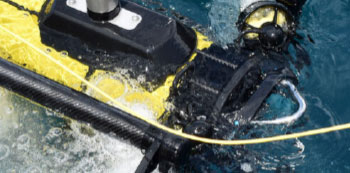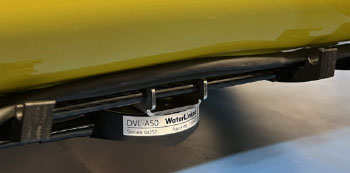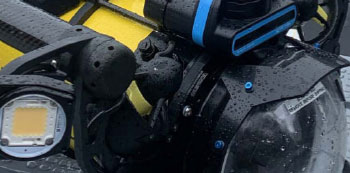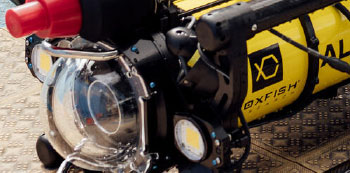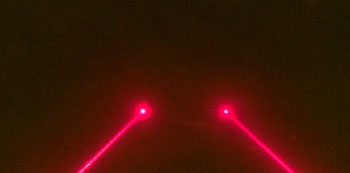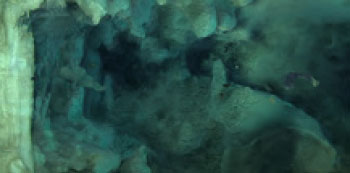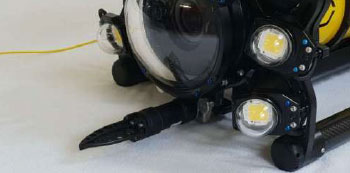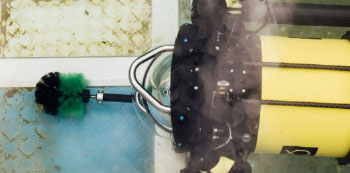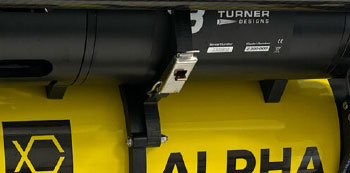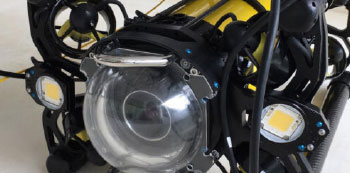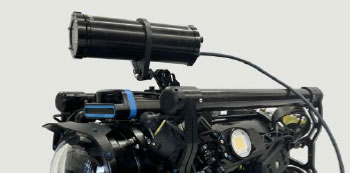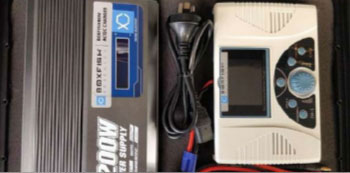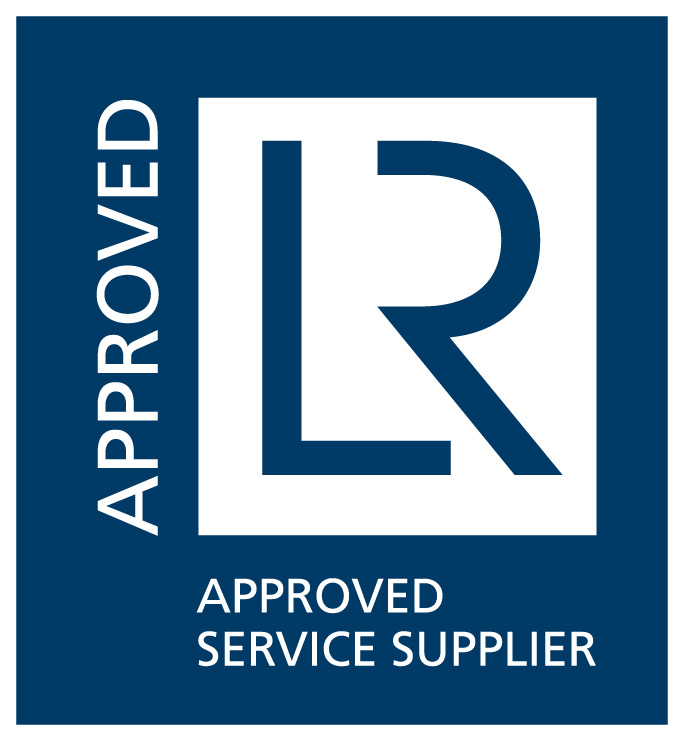Modern water asset management requires technology for precise monitoring and cost-efficient maintenance.

At Deep Dive Division, we harness the power of the Boxfish ROV to provide exceptional visibility into your underwater assets, helping you make data-driven decisions.
The Boxfish ROV features an innovative, lightweight design (weighing just 24kg), allowing easy deployment and operation with only two crew members. Capable of reaching depths up to 500m (and beyond), it offers superior situational awareness with a 4K main camera and ultra-wide-angle navigation cameras. If you aren’t getting 4K imagery, videos, and photogrammetry, you’re driving blind.
Its advanced auto-stabilization and pilot assist features ensure smooth, precise control, while its fault-tolerant design allows continued operation even with multiple thruster failures. If communication is lost, the ROV autonomously returns to the surface.
Using the Boxfish ROV, Deep Dive Division enables efficient asset management, delivering critical insights to optimise operations and reduce costs.
Remotely Operated Vehicles (ROVs) are versatile tools that can be applied in a wide range of industries and applications. Some of the different areas where ROVs can be used include:
- Offshore Oil and Gas Industry:
-
- ROVs are commonly used for subsea inspections, maintenance, and repair (IMR) of oil and gas infrastructure, such as pipelines, platforms, and subsea wells.
- They are also used for drilling support, pipeline installation, and asset integrity monitoring in offshore oil and gas fields.
- Marine Science and Research:
- ROVs are valuable tools for marine researchers and scientists to explore and study underwater ecosystems, marine life, and geological features.
- They are used for oceanographic research, underwater archaeology, coral reef surveys, and deep-sea exploration.
- Underwater Construction and Engineering:
- ROVs are used in underwater construction projects, such as laying cables, installing structures, and conducting underwater welding or cutting operations.
- They assist in conducting underwater inspections, surveys, and mapping for construction and engineering projects.
- Search and Rescue Operations:
- ROVs are deployed in search and rescue missions to locate and retrieve objects or individuals submerged underwater, such as sunken vessels, wreckage, or missing persons.
- They provide valuable assistance to divers and rescue teams in challenging underwater environments.
- Military and Defence Applications:
- ROVs play a crucial role in military and defence operations for tasks such as mine countermeasures, underwater surveillance, and reconnaissance.
- They are used by naval forces for underwater mine detection, explosive ordnance disposal (EOD), and underwater reconnaissance missions.
- Hydrographic Surveying and Mapping:
- ROVs are utilised in hydrographic surveying for mapping underwater terrain, seabed topography, and geological features.
- They assist in collecting bathymetric data, sonar imaging, and seabed sampling for marine cartography and navigation purposes.
- Aquaculture and Fisheries:
- ROVs are employed in aquaculture operations for monitoring fish farms, inspecting underwater cages, and assessing fish health and welfare.
- They support fisheries management by conducting stock assessments, habitat surveys, and underwater surveillance of fishing grounds.
These are just a few of the many areas where ROVs can be applied, showcasing their versatility and utility in diverse industries and underwater activities.
“Deep Dive Division’s use of the Boxfish ROV gave us incredible visibility into our underwater assets. The clarity and detail they provided helped us make confident, data-driven decisions.”
Water Types
ROVs (Remotely Operated Vehicles) are incredibly versatile and can be used in various types of water bodies, including:
- Ocean: ROVs are commonly used in deep-sea exploration, research, and industrial applications, such as offshore oil and gas operations.
- Lakes and Reservoirs: ROVs can be employed for underwater inspections, environmental monitoring, and research in freshwater bodies.
- Rivers and Streams: While the currents can pose challenges, ROVs are still used for tasks like surveying, mapping, and studying aquatic life.
- Ponds and Wetlands: ROVs can navigate through shallow waters to conduct surveys, sample collection, and environmental assessments.
- Under Ice: Specialised ROVs equipped with ice-breaking capabilities are used for exploration and research in polar regions, such as Antarctica and the Arctic.
- Underground Aquifers: In some cases, ROVs are utilised for inspecting and monitoring underground water sources, particularly in caves and karst formations.
In essence, ROVs are adaptable tools designed to operate in various aquatic environments, providing valuable insights and assistance across a range of industries and scientific disciplines.
Operators are to ensure that a pre-site inspection is done, and water flow levels are accessed prior to conducting ROV operations.
